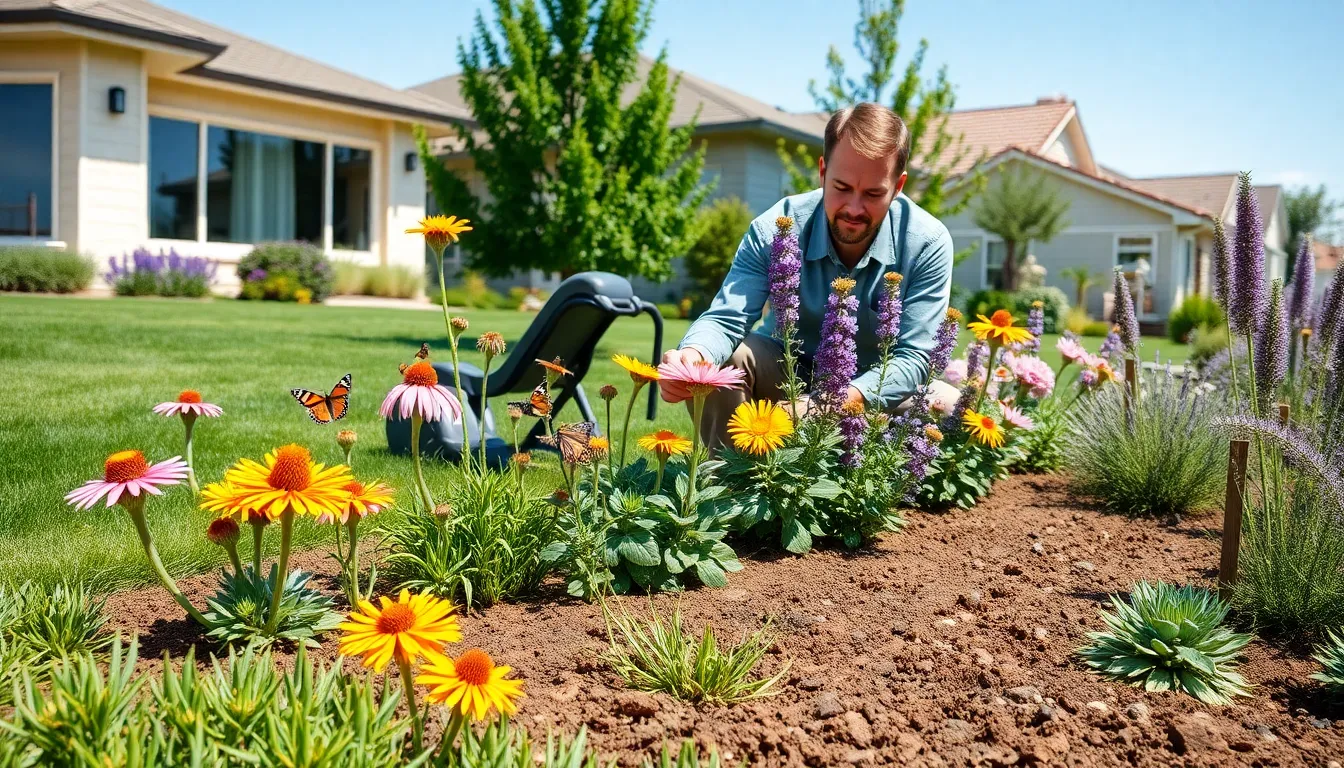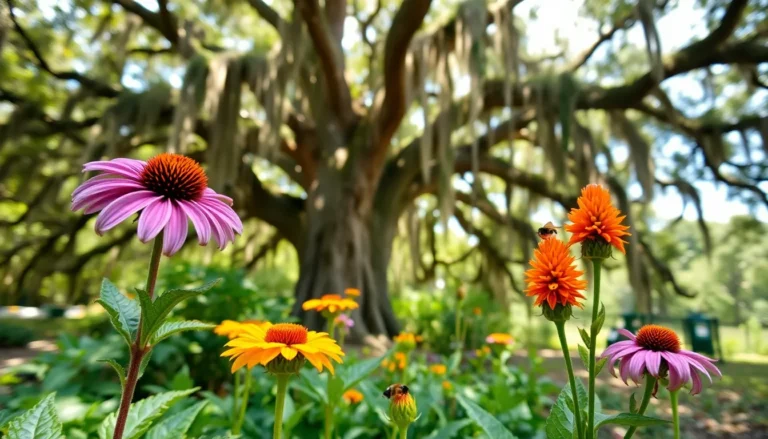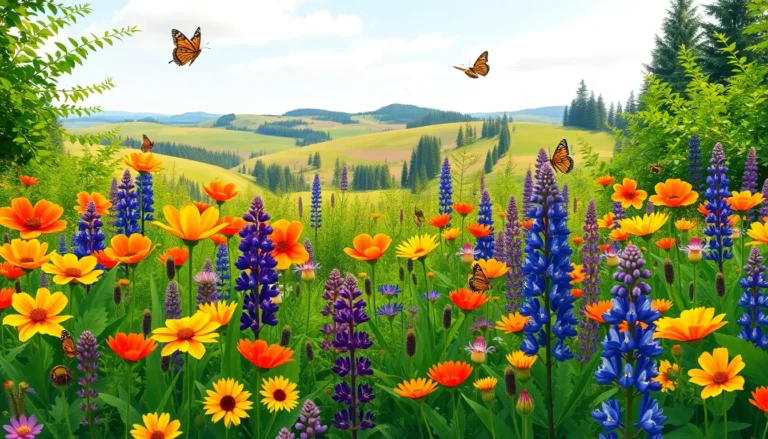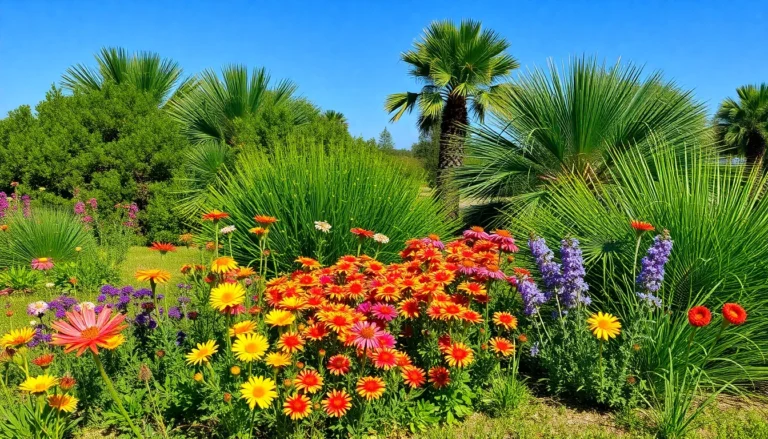When it comes to gardening, many folks believe that exotic plants hold the key to a stunning landscape. But what if the secret to success lies right in your backyard? Direct native plants are not just beautiful: they’re also eco-friendly and incredibly resilient. They thrive in local soil and attract beneficial wildlife. So, why not turn your garden into a sanctuary for nature? In this text, we’ll dive deep into what direct native plants are, their remarkable benefits, and how to select, plant, and care for them. Grab your trowel, your adventure into the native world starts here.
Direct Native Plants
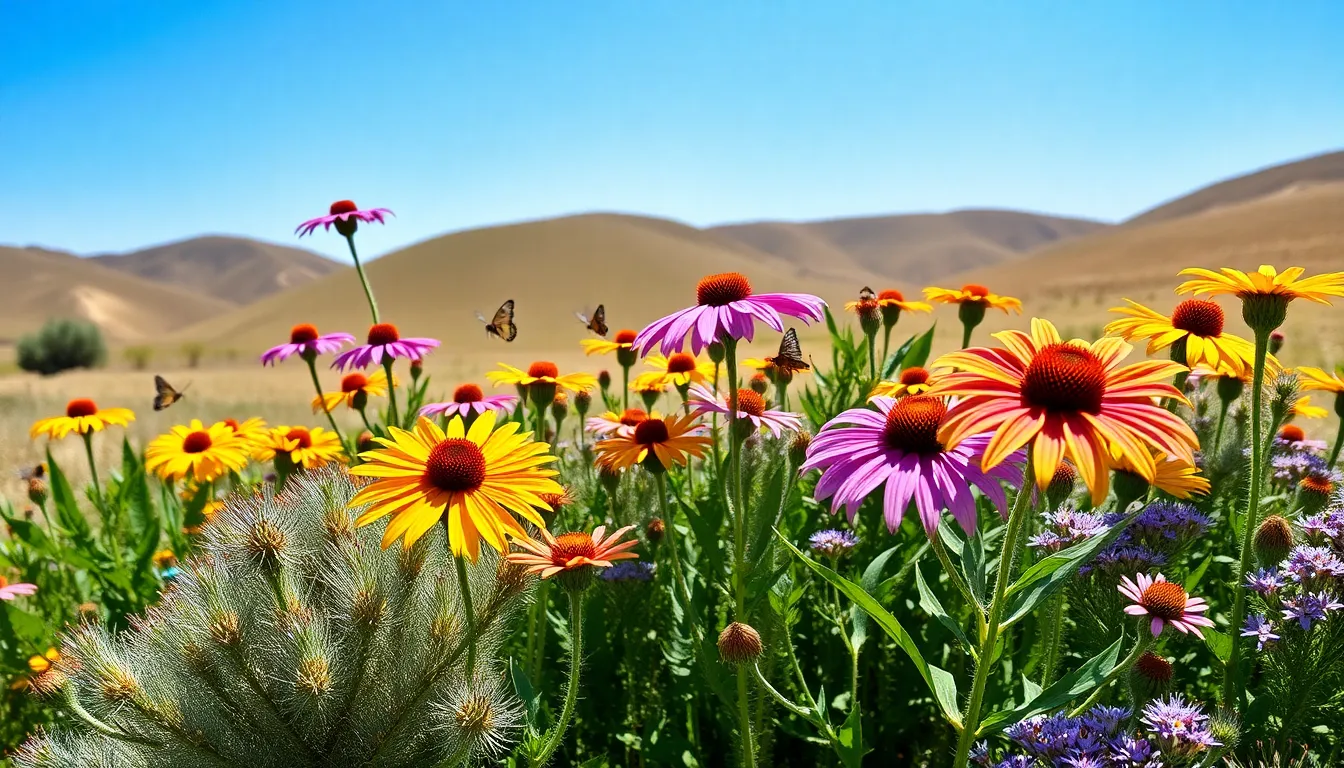
Direct native plants are species that naturally occur in a specific region without the influence of human cultivation. These are plants that have adapted over time to local soil, climate, and wildlife. In essence, they are the garden’s true locals. Many gardeners might think they need to look far and wide to create a beautiful landscape, but direct native plants offer a plethora of options right at home.
Some common examples include the vibrant coneflowers of North America and the hardy sagebrush of the West. These plants not only look appealing, but they also play a vital role in their ecosystems. They provide food and shelter for various birds, insects, and other wildlife that have become dependent on them. So, planting direct natives isn’t just about aesthetics: it’s about supporting the entire environment.
Benefits of Using Direct Native Plants
Embracing direct native plants brings numerous benefits that can transform your garden and even your relationship with nature. First off, these plants require significantly less water and maintenance compared to non-natives. Imagine a garden that flourishes on its own while you sip tea on your porch, sounds appealing, right?
Not only do direct native plants save on water, but they also help minimize the need for chemical fertilizers and pesticides. They’ve evolved to thrive in local soil and climate conditions, making them resilient against pests and diseases. Also, they provide crucial support for local pollinators, including bees and butterflies, which are essential for healthy ecosystems.
Also, direct native plants can help reduce erosion by stabilizing the soil with their extensive root systems. What more could a garden lover ask for? Reduce maintenance, enhance aesthetics, and support local wildlife, all in one go.
How to Select Direct Native Plants for Your Landscape
Choosing the right direct native plants for your landscape is an exciting undertaking that needs a bit of research. Start by understanding your local environment. This includes soil type, drainage, sunlight exposure, and moisture levels. Some plants thrive in dry, sandy soils, while others prefer the luxurious embrace of a swamp.
Next, consider your goals for your garden. Do you want to create a pollinator haven? Look for bright flowers that attract bees and butterflies. If privacy is your main concern, opt for taller shrubs or trees. Resources like local extension services, native plant societies, or online databases can provide extensive lists of native plants suited for your region.
Also, it may benefit you to visit local nurseries specializing in native plants. They often have on-hand expertise that can guide you in making the best choices for both beauty and sustainability.
Best Practices for Planting Direct Native Plants
Once you’ve selected your plants, the next step is proper planting. It’s essential to choose the right time of year, usually in the spring or fall, which allows for better establishment. Start by ensuring that the site is prepared. This involves clearing out weeds and adding organic matter to improve soil structure.
Dig holes a bit larger than the root ball, allowing plenty of space for roots to spread out. When placing the plant in the ground, ensure that the root crown is level with the surrounding soil to avoid rot. After planting, it’s crucial to water the plants thoroughly to settle them into their new home. Initially, you might need to provide regular watering until they establish their roots. But, resist the urge to over-water: the goal is to mimic their natural habitat as closely as possible.
Maintenance and Care for Direct Native Plants
While direct native plants are generally low-maintenance, they still require some TLC to thrive. Regular monitoring for pests and diseases can help catch any issues early on. But, the good news is that many pests prefer non-native species, so you might find a healthy balance in your garden.
Also, periodic watering may be necessary for newly planted natives until they settle in. Once established, many direct native plants need little supplementing. Mulching around the base can help retain moisture and suppress weeds, making it easier for the plants to flourish.
In late fall, consider cutting back any dead foliage to give space for new growth in the spring. Although direct natives are tough, ensuring their health through maintenance will maximize their lifespan and productivity.
Challenges in Using Direct Native Plants
Even though their numerous advantages, using direct native plants can present some challenges. One of the primary hurdles is overcoming the common misconception that native plants are less attractive than flamboyant ornamentals. Yet, with a little creativity, direct natives can create stunning displays that rival any traditional garden.
Another challenge can be the limited availability at local nurseries: it may take a bit of effort to find a diverse selection of natives. Homeowners might also face difficulties in selecting the right plants for various environmental conditions, leading to issues with growth and aesthetics. Still, patience pays off. Over time, as awareness grows, more resources will emerge, making it easier to access direct native plants.

